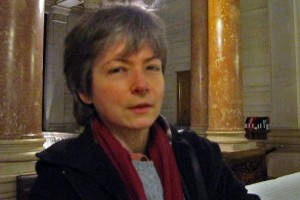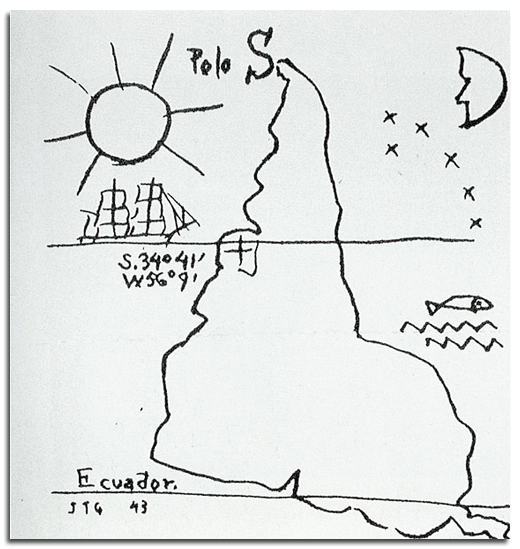
Christine Sourgins
Why do you support the project “Patagonian collectors”?
Patagonian collectors like works of art, they do not keep them locked up in a safe or a “port franc”, they live with them… They enjoy visiting the artists in their studios and talk shop with them : they ask me to tell the story of ten painters, a printmaker and an extraordinary designer. And two sculptors, academicians.
It is’nt a gallery, there is nothing for sale but it is not a museum, not an institution for consecrating famous artists. It is an imaginary place which creates a passage thru today’s pictorial practice.We inaugurate the first room of this “museum”, disregarding profitability : in Patagonia, we are all charitable benefactors.
Are you a collector?
My collection is in my head, it is always with me. The Patagonian collectors have asked me to revive the ancient Greeks ekphrasis (expression) and to engage in the exercise of description of works of art, conceived as a communion with them. Ekphrasis should neither be redundant with the work nor reduce it to a pretext for talking… Ekphrasis describes this encounter, this “happy surprise” where the image opens and deploys a new world before us. I hope I have been able to explain how works of art are life’s catalyzers.
What is the electrical main thread of this imaginary museum?
The Patagonian Museum reflects the diversity of the art of the thinking hand which is Painting ; the point is not about “housing” artists nor setting up a “school”, but to accommodate some of their works (which does not necessarily mean advocating their whole production). The Patagonian museum wishes to encourage the vocation of the collector, to collect in a different way, to become familiar with the paintings. But if you want a Patagonian answer, I would say : the Patagonian museum applies certain principles of Pataphysics, the science of exceptions and imaginary solutions. It functions according to a set of correspondences, of elective affinities, with Patagonia as the apparent center. Joaquín Torres García established in a drawing in 1943 (kept in Museo Torres García, Montevideo, Uruguay) the strategic importance of Patagonia in an upside down world…

Joaquín Torres García (Museo Torres García. Montevideo, Uruguay)